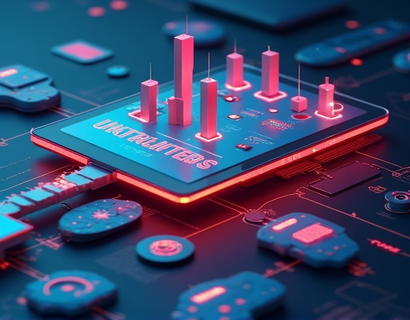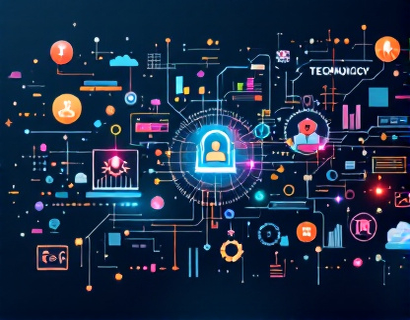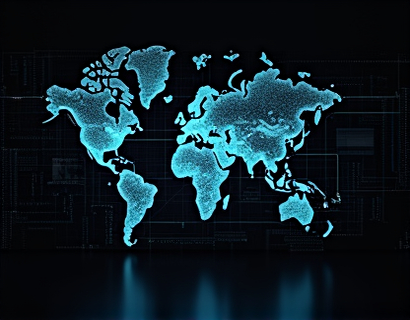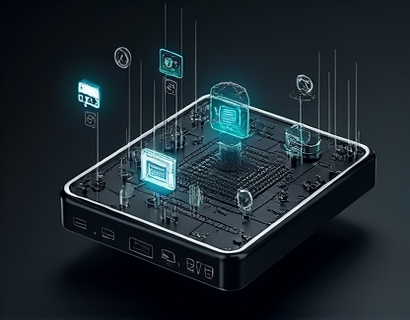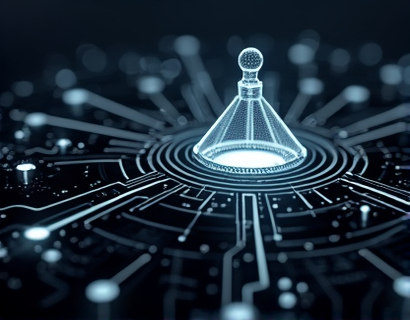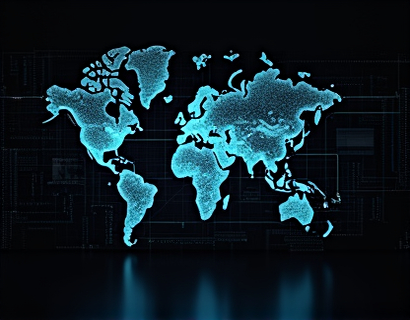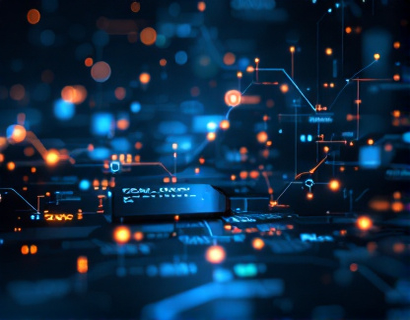Decentralized DAO Launch: Streamlining Autonomous Venture Creation with Advanced Tools and Resources
The emergence of Decentralized Autonomous Organizations (DAOs) represents a paradigm shift in the way businesses and ventures are created and managed. By leveraging blockchain technology and smart contracts, DAOs offer a novel approach to governance, ownership, and operation, enabling a more transparent, inclusive, and efficient model for autonomous ventures. This article delves into the process of launching a DAO, highlighting the advanced tools and resources that streamline this complex but rewarding endeavor.
For tech innovators and entrepreneurs, the journey to establishing a DAO can be daunting due to the intricate technical and organizational requirements. However, with the right framework and tools, the process can be significantly simplified. This comprehensive guide aims to provide a detailed overview of the steps involved in creating and managing a DAO, emphasizing the importance of a robust and user-friendly platform that empowers businesses to thrive in the decentralized landscape.
Understanding DAOs and Their Potential
Decentralized Autonomous Organizations are digital entities governed by a set of rules encoded in smart contracts on a blockchain. These rules define the organization's structure, decision-making processes, and operational protocols. Unlike traditional organizations, DAOs operate without a central authority, distributing control among token holders who participate in governance through voting mechanisms.
The potential of DAOs lies in their ability to foster decentralized innovation, reduce bureaucratic overhead, and enhance transparency. By removing intermediaries and automating processes, DAOs can operate more efficiently and cost-effectively. This makes them an attractive option for a wide range of industries, from finance and real estate to healthcare and entertainment.
Challenges in DAO Creation
Despite their advantages, the creation of a DAO is not without challenges. One of the primary hurdles is the technical complexity involved in setting up smart contracts and blockchain infrastructure. Developers need a deep understanding of programming languages like Solidity and frameworks such as Ethereum's Truffle Suite. Additionally, ensuring the security and scalability of the DAO is crucial to prevent vulnerabilities and maintain trust among members.
Another significant challenge is the governance model. Designing a fair and effective governance system that balances power and ensures active participation from token holders is a complex task. Missteps in governance can lead to conflicts, inefficiencies, and even the collapse of the DAO. Therefore, a well-thought-out framework is essential to guide the establishment and ongoing management of a DAO.
Advanced Tools and Resources for DAO Launch
To overcome these challenges, a comprehensive toolkit is necessary to streamline the creation and management of DAOs. This toolkit should encompass a range of advanced tools and resources that simplify each step of the process, from initial planning to ongoing operations.
Firstly, a user-friendly interface is crucial for non-technical users who may not have extensive coding knowledge. A visual builder or drag-and-drop interface can help users design their DAO's structure and governance rules without needing to write complex smart contracts. This approach democratizes DAO creation, making it accessible to a broader audience.
Secondly, a robust template library can provide a starting point for new DAOs. Pre-built templates for common use cases, such as funding models, voting mechanisms, and token distribution schemes, can save time and reduce errors. These templates can be customized to fit specific needs, ensuring that the DAO aligns with its mission and objectives.
Smart Contract Development and Testing
Smart contracts are the backbone of any DAO, and their development requires precision and rigor. Advanced tools should include an integrated development environment (IDE) with features like code completion, syntax highlighting, and real-time error checking. This helps developers write clean, efficient, and secure code.
Moreover, automated testing frameworks are essential to validate the functionality and security of smart contracts. Tools that simulate various scenarios and attack vectors can identify potential vulnerabilities before deployment. This proactive approach to testing ensures that the DAO operates reliably and securely.
Governance and Decision-Making
Effective governance is critical to the success of a DAO. Advanced tools should facilitate transparent and participatory decision-making processes. This includes implementing voting mechanisms that allow token holders to propose and vote on changes to the DAO's rules and strategies.
A governance dashboard can provide real-time insights into token distribution, voting outcomes, and key metrics. This transparency builds trust and encourages active participation from members. Additionally, tools that support multi-signature wallets and access controls can enhance security and prevent unauthorized actions.
Community Engagement and Communication
Building and maintaining a strong community is vital for the growth and sustainability of a DAO. Advanced tools should include features that facilitate communication and engagement among members. This can include integrated chat platforms, discussion forums, and event calendars.
Moreover, tools that support content creation and distribution, such as blogging platforms and social media integrations, can help spread awareness and attract new members. By fostering a vibrant community, a DAO can leverage collective intelligence and resources to drive innovation and achieve its goals.
Launching a DAO: Step-by-Step Guide
With the right tools and resources in place, launching a DAO becomes a more manageable process. Here is a step-by-step guide to help you get started:
1. Define the Purpose and Goals: Clearly articulate the mission, objectives, and value proposition of your DAO. Identify the specific problems you aim to solve and the benefits you offer to token holders and the broader community.
2. Choose the Blockchain Platform: Select a blockchain platform that aligns with your requirements. Ethereum remains the most popular choice due to its mature ecosystem and extensive tooling, but other platforms like Binance Smart Chain and Polygon offer compelling alternatives.
3. Design the Governance Structure: Outline the governance model, including token distribution, voting mechanisms, and decision-making processes. Use governance templates and best practices to ensure a fair and effective system.
4. Develop Smart Contracts: Utilize the integrated development environment and smart contract templates to code your DAO's rules and operations. Conduct thorough testing to ensure reliability and security.
5. Set Up the User Interface: Create a user-friendly interface for token holders to interact with the DAO. This includes dashboards for governance, wallet management, and community engagement.
6. Launch the DAO: Deploy the smart contracts and make the DAO accessible to the public. Announce the launch through various channels to attract initial token holders and members.
7. Monitor and Iterate: Continuously monitor the DAO's performance and gather feedback from the community. Use this input to make improvements and adapt to changing conditions.
Conclusion
The launch of a DAO represents a significant step towards decentralized innovation and autonomous venture creation. By leveraging advanced tools and resources, businesses can streamline the process, ensuring a smooth and successful transition to a decentralized model. While challenges exist, the potential rewards in terms of efficiency, transparency, and community engagement make the endeavor well worth the effort. As the landscape of decentralized technologies continues to evolve, embracing DAOs will be crucial for staying ahead in the competitive global market.




